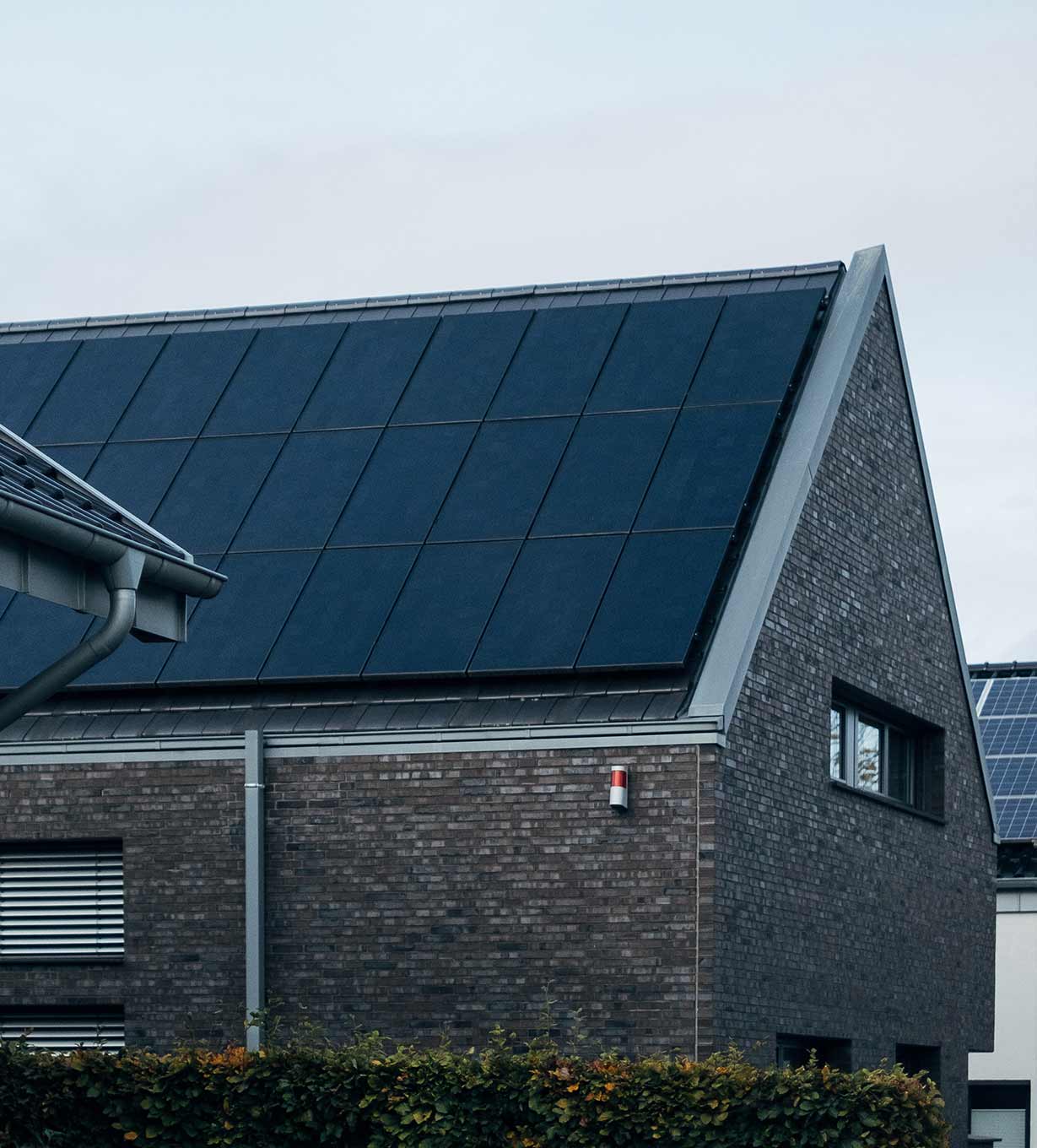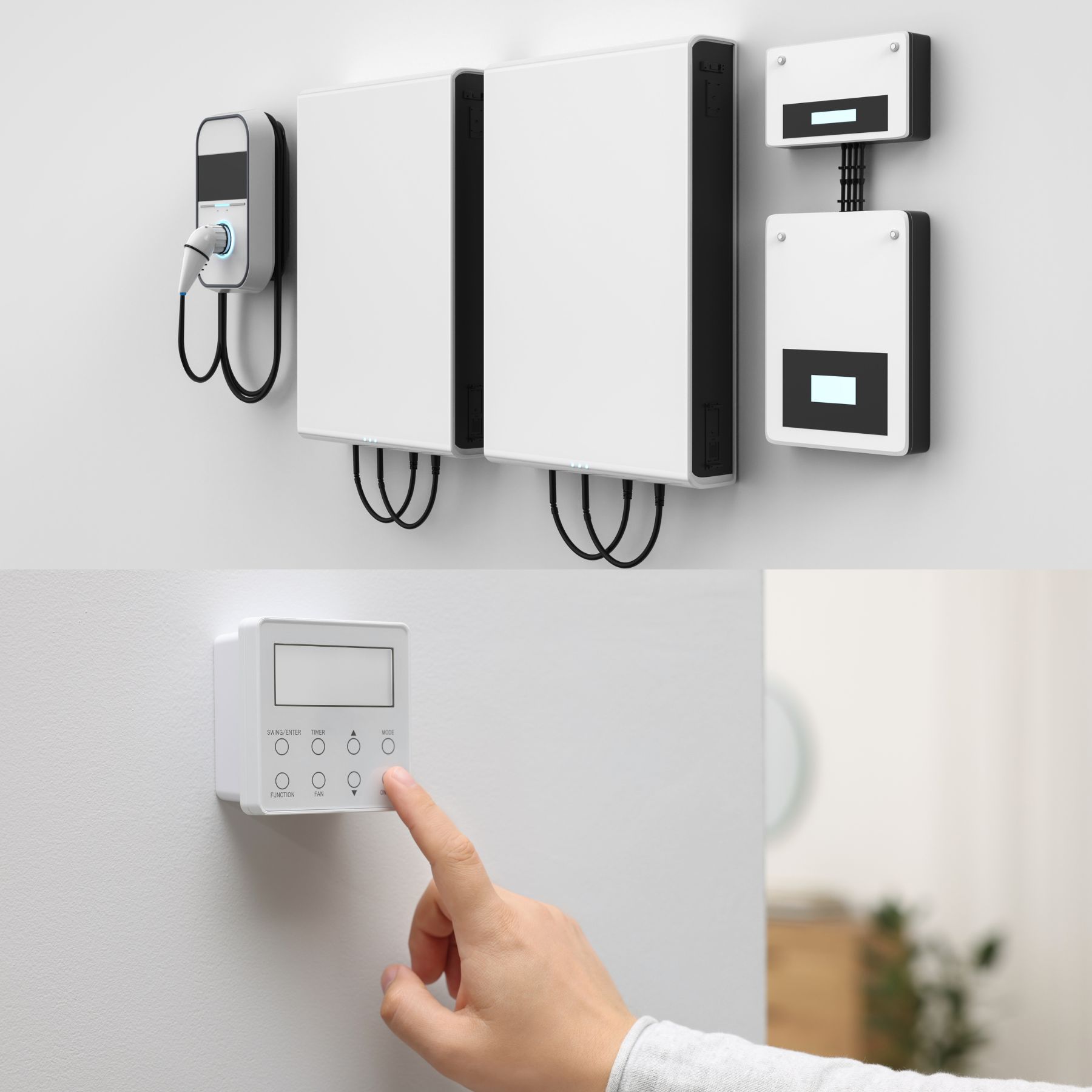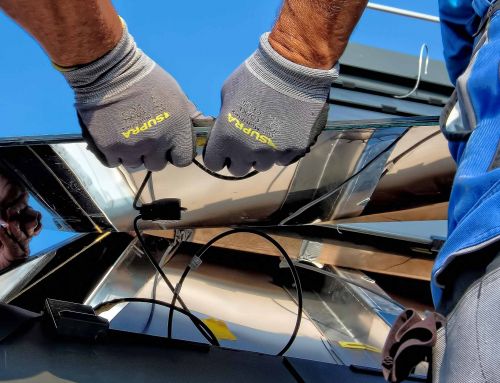Optimise flexibility utilisation & production planning

Manage battery storage (A) & communicate aggregated data from commercial customers (B)

Optimising prosumer batteries
The Customer Energy Manager (CEM) will control the charging and discharging of the battery based on price signals from the Energy Supplier and the Flexibility Market, and in line with household energy needs. Any stored surplus energy will be aggregated into a total bid on the Flexibility Market, with the prosumer getting paid for participating in successful bids
CHP Production optimisation
The thermal inertia capacity of buildings is used by the Combined Heat and Power (CHP) Utility to optimise production. The Customer Energy Managers of the buildings calculate the heat demand and available flexibility which are aggregated and integrated into the production plan. The CEM also manages the district heating usage and any flexibility demands from the district heating utility
Heating flexibility
Price signals for district heating and electricity are used for flexibility in the district heating system. Customers with single-vector and multi-vector heating systems (district heating and heat pump) can optimise their heating by considering prices and using thermal inertia, weather and demand predictions in their planning. The heating vector plans are communicated to the CHP to calculate the district heating demand and plan production




